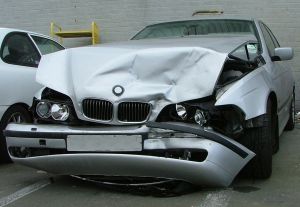Boeing Co. v. Dep’t of Labor & Indus., a case from the Supreme Court of Washington, involved claimant who filed a claim for workers’ compensation benefits after she suffered chemical exposure during her time working for employer.
 Chemical exposure aggravated her pre-existing asthma condition. As result of this chemical exposure, claimant requires ongoing medical treatment. After submitting her claim, the workers’ compensation department made a determination she was permanently and totally disabled. In addition to her asthma and asthma complications due to chemical exposure, claimant also had a right knee injury, which was a determined to be a contributing factor to her permanent total disability rating. She was awarded a pension based upon her disability rating.
Chemical exposure aggravated her pre-existing asthma condition. As result of this chemical exposure, claimant requires ongoing medical treatment. After submitting her claim, the workers’ compensation department made a determination she was permanently and totally disabled. In addition to her asthma and asthma complications due to chemical exposure, claimant also had a right knee injury, which was a determined to be a contributing factor to her permanent total disability rating. She was awarded a pension based upon her disability rating.
Employer applied for what is known as second injury relief, and workers’ compensation department ordered a portion of her benefits consistent with the percentage of disability rating associated with the knee injury to be paid from a second injury fund. In other words, employer was not responsible for paying for injuries not related to chemical exposure, but claimant would still get the money to which she was legally entitled. Department also determined claimant was entitled to post-pension compensation for her ongoing medical treatment for her chemical exposure-related asthma complications, and employer would be responsible for those costs.
Continue reading
 Massachusetts Workers Compensation Lawyers Blog
Massachusetts Workers Compensation Lawyers Blog









